Hey everyone, it’s Dustienne Miller with Your Pace Yoga and I’m so happy to be joining you today on the Share Mayflower’s blog.
Today I’d like to talk about overactive bladder. Overactive bladder is defined by the International Continence Society as “urinary urgency usually accompanied by frequency,” which is defined as more than five to seven voids in a day, “and noctoria,” which is nighttime voiding, “with or without urgency urinary incontinence” (leakage), “in the absence of urinary tract infection or other obvious pathology.”
Urinary urgency usually accompanied by frequency and noctoria with or without urgency urinary incontinence in the absence of urinary tract infection or other obvious pathology.
So, you see your physician, you are going to pelvic floor physical therapy, and is there anything else you can do at home?
Pranayama, or breath work. I love this yogic conscious breath technique because you can use the breathing to help rebalance the autonomic nervous system. Studies have shown that folks with overactive bladder actually have a different balance between the sympathetic and the parasympathetic nervous systems as people who don’t experience overactive bladder. How we can help affect the parasympathetic nervous system is by doing the conscious breath work known as pranayama.
Breathing is an autonomic function much like the heart: you don’t have to tell your heart to beat; with food moving through the intestines, you don’t have to, you can’t really control that.
But breathing is also under our voluntary control so there are two types of breath work that I like to use: the dirga three-part breath, and ujjayi/Darth Vader breath.
The reason why these are helpful is when you’re sitting down trying to defer the urge, let’s say you’re going every 30 minutes and your physical therapist says, “I’d like for you to stop at the first urge, sit down, try to wait the urge out and then try to increase your time to every 45 minutes. If you sit down and you start panicking about not making it to the bathroom it makes it a little bit difficult to stretch the time.
So I find that if my patients sit down and they practice the ujjayi breath and they do a conscious contraction or a lifting of the pelvic floor a couple times, that helps to reset the urge and the breathing is a really powerful way for you feel in control for it to become not an emergency. In the beginning maybe you’re only getting an extra 30 seconds or you’re only getting an extra five minutes out of that urge deferral but over time that can really make a difference.
For more information about how to perform the dirga or the ujjayi breath, you can visit my blog at YourPaceYoga.com. And thank you so much for supporting Share Mayflowers, this incredible, incredible group. I look forward to seeing what you guys comment about, more questions, please direct them to Share Mayflowers or to myself at info@yourpaceyoga.com.
Have a great day and happy bladders. Bye, bye!
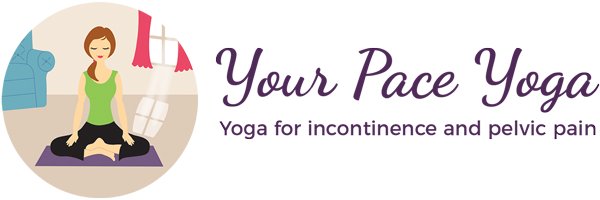
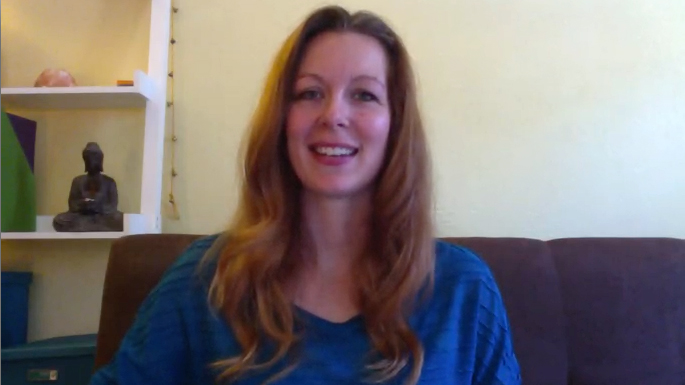
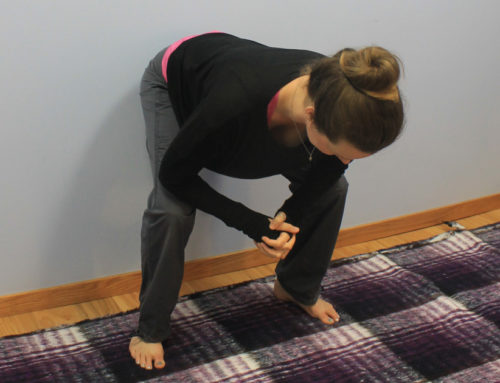
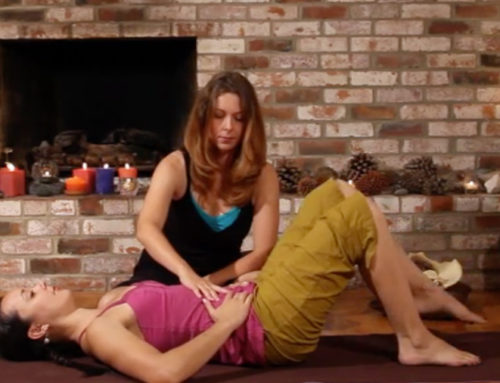
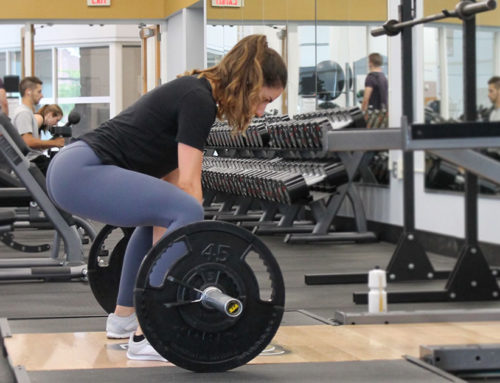
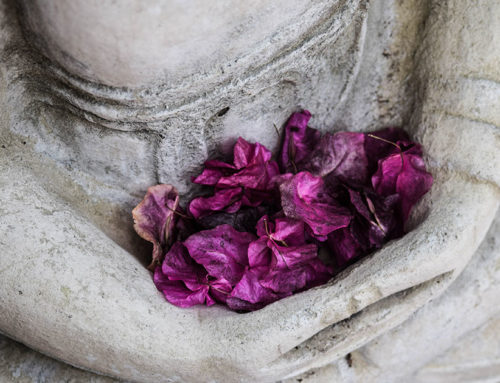
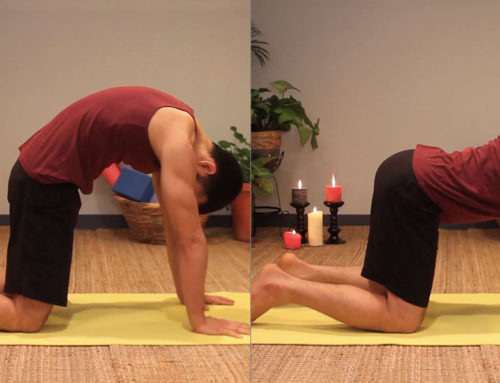
[…] out these other blogs for more information about overactive bladder and hydrating with overactive bladder. To attend to the nervous system, try this body scan by the […]
[…] work calms the sympathetic nervous system. Dampening the fight or flight response also helps with overactive bladder syndrome and urinary […]
[…] check out my video about overactive bladder and what you can do about it. In it, I […]
[…] posture is particularly for helping manage constipation, overactive bladder, interstitial cystitis/painful bladder syndrome, and low back […]